Home>Renovation & DIY>Home Renovation Guides>How To Use Crawl Space
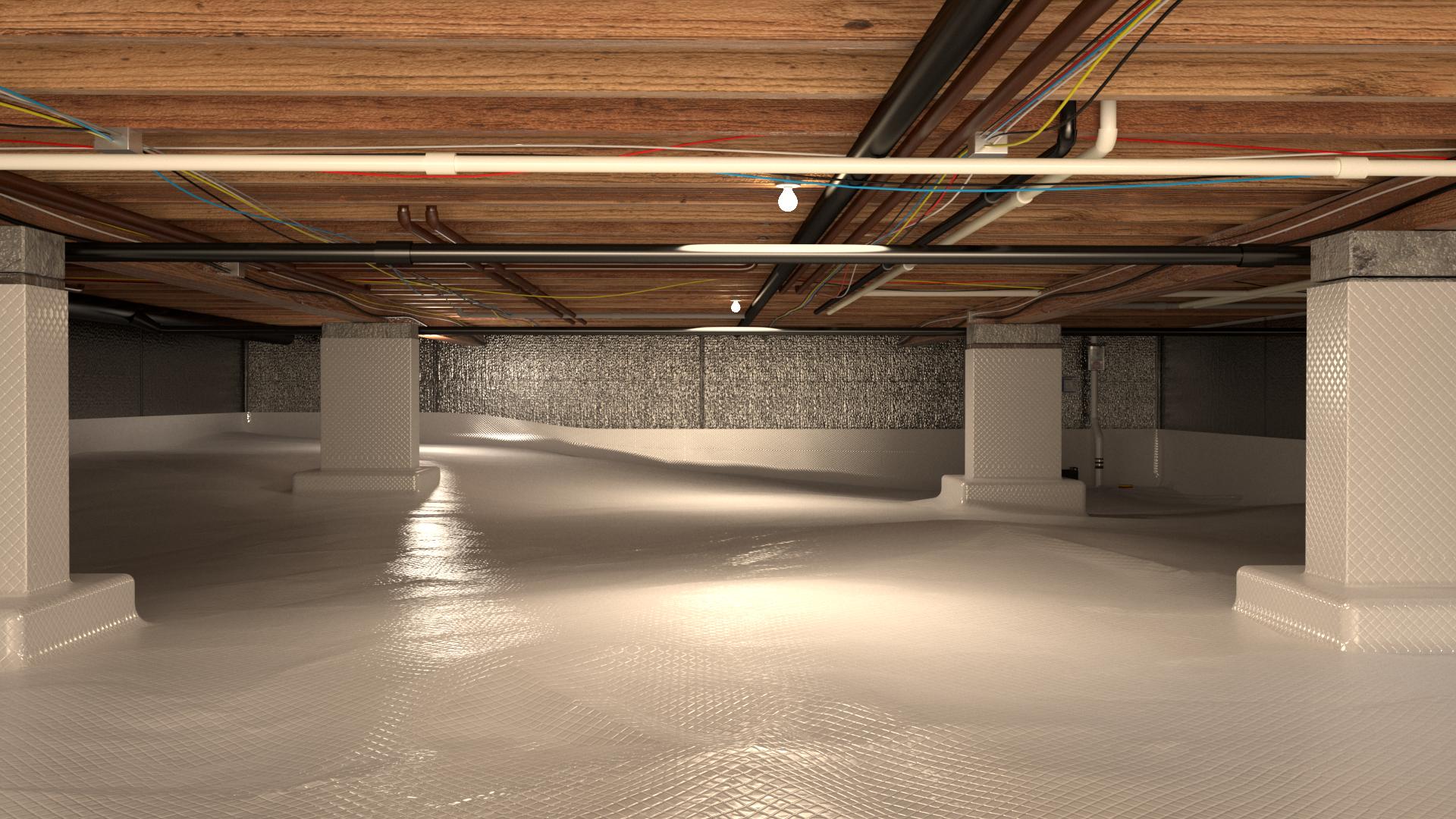

Home Renovation Guides
How To Use Crawl Space
Modified: February 18, 2024
Learn how to effectively use crawl space in your home renovation projects with our comprehensive guide. Get expert tips and advice for a successful renovation.
(Many of the links in this article redirect to a specific reviewed product. Your purchase of these products through affiliate links helps to generate commission for Storables.com, at no extra cost. Learn more)
Introduction
When it comes to home maintenance, the crawl space often remains out of sight and out of mind. However, this often-neglected area plays a crucial role in the overall health and stability of your home. From regulating moisture levels to providing a passage for essential utilities, the crawl space deserves attention and care.
In this comprehensive guide, we will walk you through the essential steps to effectively utilize and maintain your crawl space. Whether you're a seasoned homeowner or a new property owner, understanding the importance of the crawl space and learning how to properly maintain it can save you from potential headaches and costly repairs down the road.
By following the steps outlined in this guide, you'll gain the knowledge and confidence to tackle crawl space maintenance with ease. From clearing out debris to installing insulation and ensuring proper ventilation, each step is designed to help you make the most of this often-overlooked space beneath your home.
So, let's roll up our sleeves and delve into the world of crawl spaces, uncovering the secrets to maintaining a healthy and functional foundation for your home. Whether you're aiming to prevent moisture-related issues, improve energy efficiency, or simply ensure the longevity of your property, this guide will equip you with the tools and know-how to make the most of your crawl space.
Key Takeaways:
- Don’t neglect your crawl space! Regular maintenance, clearing debris, and adding insulation can prevent costly repairs and create a healthier home environment.
- Proper ventilation and a vapor barrier are essential for a healthy crawl space. They prevent mold, wood rot, and structural damage, improving energy efficiency.
Step 1: Clearing the Crawl Space
Clearing out the crawl space is the crucial first step in the maintenance process. Over time, this area can accumulate debris, such as leaves, branches, and even old construction materials. This buildup not only creates a breeding ground for pests and mold but also hinders access for future maintenance tasks. Therefore, it's essential to start with a thorough cleaning to set the stage for further improvements.
Begin by donning protective gear, including gloves, a mask, and long sleeves, to shield yourself from potential allergens and irritants. With a sturdy flashlight in hand, carefully enter the crawl space and assess the extent of the debris. Use a rake or broom to clear away larger items, and a shop vacuum to remove finer particles and dust. Be mindful of any potential hazards, such as exposed wiring or sharp objects, and proceed with caution.
As you clear the space, take note of any signs of water damage, such as damp spots or discoloration on the walls or floor. These indicators can point to underlying issues with moisture infiltration, which should be addressed promptly to prevent further damage. Additionally, keep an eye out for pest infestations or nesting materials, as these can compromise the integrity of the space and pose health risks.
Once the crawl space is free of debris, take the opportunity to inspect the structural elements, such as support beams and foundation walls, for any signs of damage or deterioration. Addressing these issues early on can prevent more extensive and costly repairs in the future.
By dedicating time to clear out the crawl space and assess its condition, you're laying the groundwork for a healthier and more functional foundation for your home. This initial step sets the stage for subsequent maintenance tasks, ensuring that your crawl space remains a valuable asset rather than a neglected liability.
Step 2: Inspecting for Damage
After clearing out the crawl space, the next crucial step is to thoroughly inspect for any signs of damage or deterioration. This meticulous examination is essential for identifying potential issues that could compromise the structural integrity and overall health of your home.
As you enter the crawl space, armed with a reliable flashlight and a keen eye for detail, pay close attention to the condition of the foundation walls, support beams, and any exposed plumbing or electrical components. Look for cracks, water stains, or areas of rot, as these can indicate underlying problems that require immediate attention.
Inspect the foundation walls for any signs of cracking or shifting. Small cracks may be a normal result of the settling process, but larger or widening cracks could signal more serious structural issues. Similarly, check the support beams for signs of rot, pest damage, or sagging. Any compromised beams should be addressed promptly to prevent further deterioration and potential safety hazards.
In addition to structural elements, carefully examine the plumbing and electrical systems within the crawl space. Look for leaks, corrosion, or damaged insulation around pipes, as well as any exposed wiring that may pose a fire hazard. Addressing these issues early on can prevent costly repairs and potential safety risks in the future.
As you conduct the inspection, take note of any musty odors or signs of mold growth. Excess moisture in the crawl space can lead to mold and mildew, which not only compromise indoor air quality but also indicate potential moisture infiltration issues that need to be resolved.
Furthermore, pay attention to the presence of pests or rodents within the crawl space. Look for droppings, nesting materials, or signs of gnawing on structural components. Pest infestations can cause significant damage and pose health risks, making it crucial to address any infestations promptly.
By meticulously inspecting the crawl space for damage, you're taking proactive steps to safeguard the structural integrity and overall well-being of your home. Identifying and addressing potential issues early on can save you from costly repairs and ensure a safe and healthy living environment for you and your family.
Step 3: Installing Vapor Barrier
Installing a vapor barrier in the crawl space is a crucial step in maintaining a healthy and moisture-free environment beneath your home. This protective layer serves as a barrier against moisture infiltration, preventing issues such as mold growth, wood rot, and structural damage. By effectively installing a vapor barrier, you can create a more stable and comfortable living environment while also improving energy efficiency.
To begin the installation process, it's essential to gather the necessary materials, including a high-quality vapor barrier, durable tape or adhesive, and protective gear such as gloves and a mask. Additionally, ensure that the crawl space is clear of debris and that any existing insulation is in good condition before proceeding with the installation.
Start by measuring the dimensions of the crawl space to determine the amount of vapor barrier needed. It's important to choose a high-quality, durable material that can withstand the conditions within the crawl space and provide long-lasting protection against moisture. Cut the vapor barrier to the appropriate size, allowing for some overlap along the walls and seams to ensure comprehensive coverage.
Carefully lay the vapor barrier across the crawl space floor, ensuring a snug fit and minimal gaps or wrinkles. Use durable tape or adhesive to secure the edges and seams, creating a continuous barrier that effectively seals out moisture. Pay close attention to areas where pipes, support beams, or other obstacles may require additional care to ensure a tight seal.
As you install the vapor barrier, take the opportunity to inspect the crawl space for any signs of moisture or water infiltration. Address any underlying issues, such as plumbing leaks or inadequate drainage, before proceeding with the installation to ensure long-term effectiveness.
In addition to protecting against moisture, a well-installed vapor barrier can also contribute to improved energy efficiency within your home. By preventing excess moisture from seeping into the crawl space and affecting the insulation and structural elements, you can reduce the workload on your HVAC system and potentially lower energy costs.
By effectively installing a vapor barrier in the crawl space, you're taking proactive steps to safeguard your home against moisture-related issues and improve overall energy efficiency. This essential maintenance task contributes to a healthier and more stable living environment, ensuring the long-term well-being of your property.
Ensure proper ventilation in the crawl space to prevent moisture buildup and mold growth. Use a vapor barrier to cover the ground and insulate the walls to maintain a dry and healthy environment.
Step 4: Adding Insulation
Adding insulation to the crawl space is a crucial step in maintaining energy efficiency, temperature regulation, and overall comfort within your home. By effectively insulating this often-overlooked area, you can prevent heat loss, reduce energy consumption, and create a more comfortable living environment throughout the year.
Before proceeding with the insulation installation, it's essential to assess the current condition of the crawl space and address any underlying issues that may affect the effectiveness of the insulation. This includes ensuring that the space is free of moisture infiltration, pests, and debris, and that the vapor barrier is properly installed and intact.
When selecting insulation for the crawl space, it's important to choose a material that is suitable for the unique conditions within this area. Closed-cell spray foam insulation is a popular choice for crawl spaces, as it provides a durable and moisture-resistant barrier that effectively seals out air and moisture. Additionally, fiberglass batt insulation can be used in conjunction with the vapor barrier to provide added thermal protection.
Once you've chosen the appropriate insulation material, carefully measure and cut the insulation to fit the dimensions of the crawl space. Pay close attention to areas around pipes, support beams, and other obstacles to ensure comprehensive coverage and a snug fit. Properly sealing all gaps and seams is essential for maximizing the insulation's effectiveness and preventing heat loss.
As you install the insulation, take the opportunity to inspect the crawl space for any signs of air leaks or drafts. Addressing these issues with additional sealing or insulation can further improve the overall energy efficiency of your home and create a more comfortable indoor environment.
In addition to improving energy efficiency, properly insulating the crawl space can also contribute to better indoor air quality and reduced moisture levels. By creating a more stable and controlled environment beneath your home, you can prevent issues such as mold growth, wood rot, and pest infestations, ultimately safeguarding the structural integrity and overall well-being of your property.
By adding insulation to the crawl space, you're taking proactive steps to enhance energy efficiency, improve indoor comfort, and protect the long-term integrity of your home. This essential maintenance task contributes to a healthier and more stable living environment, ensuring the well-being of your property for years to come.
Read more: What To Use To Cover Crawl Space Vents
Step 5: Ventilation and Air Circulation
Proper ventilation and air circulation within the crawl space are essential for maintaining a healthy and stable environment beneath your home. Effective ventilation helps control moisture levels, prevent the buildup of stagnant air, and mitigate the risk of mold growth and structural damage. By ensuring adequate airflow and ventilation, you can promote a more comfortable and sustainable living environment while safeguarding the long-term integrity of your property.
One of the key considerations when addressing ventilation in the crawl space is the installation of vents or fans to facilitate air exchange. Vents are strategically placed to allow fresh air to enter the space while expelling stale air, helping to regulate humidity levels and prevent the accumulation of moisture. Additionally, fans can be installed to promote air circulation, further enhancing the effectiveness of the ventilation system.
When planning the ventilation system for the crawl space, it's important to consider the local climate and environmental conditions. In humid regions, for example, a higher number of vents may be necessary to effectively control moisture levels and prevent condensation. Conversely, in colder climates, a balanced approach to ventilation is crucial to prevent excessive heat loss and maintain energy efficiency.
In addition to installing vents and fans, it's essential to address any potential sources of moisture within the crawl space. This includes repairing any plumbing leaks, improving drainage around the perimeter of the home, and ensuring that the vapor barrier is effectively preventing moisture infiltration. By addressing these underlying issues, you can maximize the effectiveness of the ventilation system and create a more stable and controlled environment beneath your home.
Furthermore, proper ventilation in the crawl space can have a positive impact on the overall indoor air quality of your home. By preventing the buildup of stagnant air and controlling moisture levels, you can reduce the risk of mold growth and musty odors, creating a healthier living environment for you and your family.
By prioritizing ventilation and air circulation in the crawl space, you're taking proactive steps to maintain a healthy and stable foundation for your home. This essential maintenance task contributes to improved indoor air quality, energy efficiency, and the long-term well-being of your property, ensuring a comfortable and sustainable living environment for years to come.
Step 6: Regular Maintenance
Regular maintenance is the key to ensuring the long-term health and functionality of your crawl space. By implementing a proactive approach to upkeep, you can prevent potential issues from escalating and maintain a stable and healthy environment beneath your home.
One of the essential aspects of regular maintenance is conducting periodic inspections of the crawl space. This involves checking for signs of moisture infiltration, pest activity, and structural damage. By staying vigilant and addressing any emerging issues promptly, you can prevent costly repairs and maintain the integrity of the space.
In addition to inspections, it's important to monitor the condition of the vapor barrier and insulation within the crawl space. Over time, these protective layers may become damaged or compromised, reducing their effectiveness in controlling moisture and temperature. Regularly assessing and, if necessary, repairing or replacing the vapor barrier and insulation can ensure continued protection and energy efficiency.
Furthermore, maintaining proper ventilation and air circulation is crucial for preventing moisture buildup and promoting a healthy environment. Regularly checking and cleaning vents, fans, and air ducts can help ensure that the ventilation system operates effectively, reducing the risk of mold growth and structural damage.
Another important aspect of regular maintenance is addressing any plumbing or drainage issues that may affect the crawl space. Periodically inspecting and repairing plumbing leaks, improving drainage around the home's perimeter, and ensuring that gutters and downspouts are functioning properly can help prevent excess moisture from infiltrating the crawl space.
Additionally, maintaining a clean and clutter-free crawl space can contribute to its overall health and functionality. Regularly removing debris, organizing stored items, and keeping the space well-maintained can facilitate easier access for future inspections and maintenance tasks.
By incorporating regular maintenance into your home care routine, you can ensure that the crawl space remains a valuable and functional part of your property. This proactive approach not only safeguards against potential issues but also contributes to a healthier and more stable living environment for you and your family.
Conclusion
In conclusion, the crawl space plays a crucial role in the overall health and stability of your home, and by following the essential steps outlined in this guide, you can effectively utilize and maintain this often-neglected area. From clearing out debris to installing insulation, ensuring proper ventilation, and conducting regular maintenance, each step is designed to help you make the most of your crawl space.
By dedicating time to clear out the crawl space and assess its condition, you're laying the groundwork for a healthier and more functional foundation for your home. This initial step sets the stage for subsequent maintenance tasks, ensuring that your crawl space remains a valuable asset rather than a neglected liability.
Thoroughly inspecting the crawl space for damage is essential for identifying potential issues that could compromise the structural integrity and overall health of your home. Addressing these issues early on can prevent more extensive and costly repairs in the future.
Installing a vapor barrier and adding insulation are crucial steps in maintaining a healthy and moisture-free environment beneath your home. These protective layers serve as barriers against moisture infiltration, preventing issues such as mold growth, wood rot, and structural damage. By effectively installing a vapor barrier and adding insulation, you can create a more stable and comfortable living environment while also improving energy efficiency.
Proper ventilation and air circulation within the crawl space are essential for maintaining a healthy and stable environment beneath your home. Effective ventilation helps control moisture levels, prevent the buildup of stagnant air, and mitigate the risk of mold growth and structural damage. By ensuring adequate airflow and ventilation, you can promote a more comfortable and sustainable living environment while safeguarding the long-term integrity of your property.
Regular maintenance is the key to ensuring the long-term health and functionality of your crawl space. By implementing a proactive approach to upkeep, you can prevent potential issues from escalating and maintain a stable and healthy environment beneath your home.
Incorporating these essential steps into your home maintenance routine will not only enhance the functionality and longevity of your crawl space but also contribute to a healthier and more stable living environment for you and your family. By understanding the importance of the crawl space and learning how to properly maintain it, you can save yourself from potential headaches and costly repairs down the road. So, roll up your sleeves and embark on the journey of maintaining a healthy and functional crawl space for your home.
Frequently Asked Questions about How To Use Crawl Space
Was this page helpful?
At Storables.com, we guarantee accurate and reliable information. Our content, validated by Expert Board Contributors, is crafted following stringent Editorial Policies. We're committed to providing you with well-researched, expert-backed insights for all your informational needs.
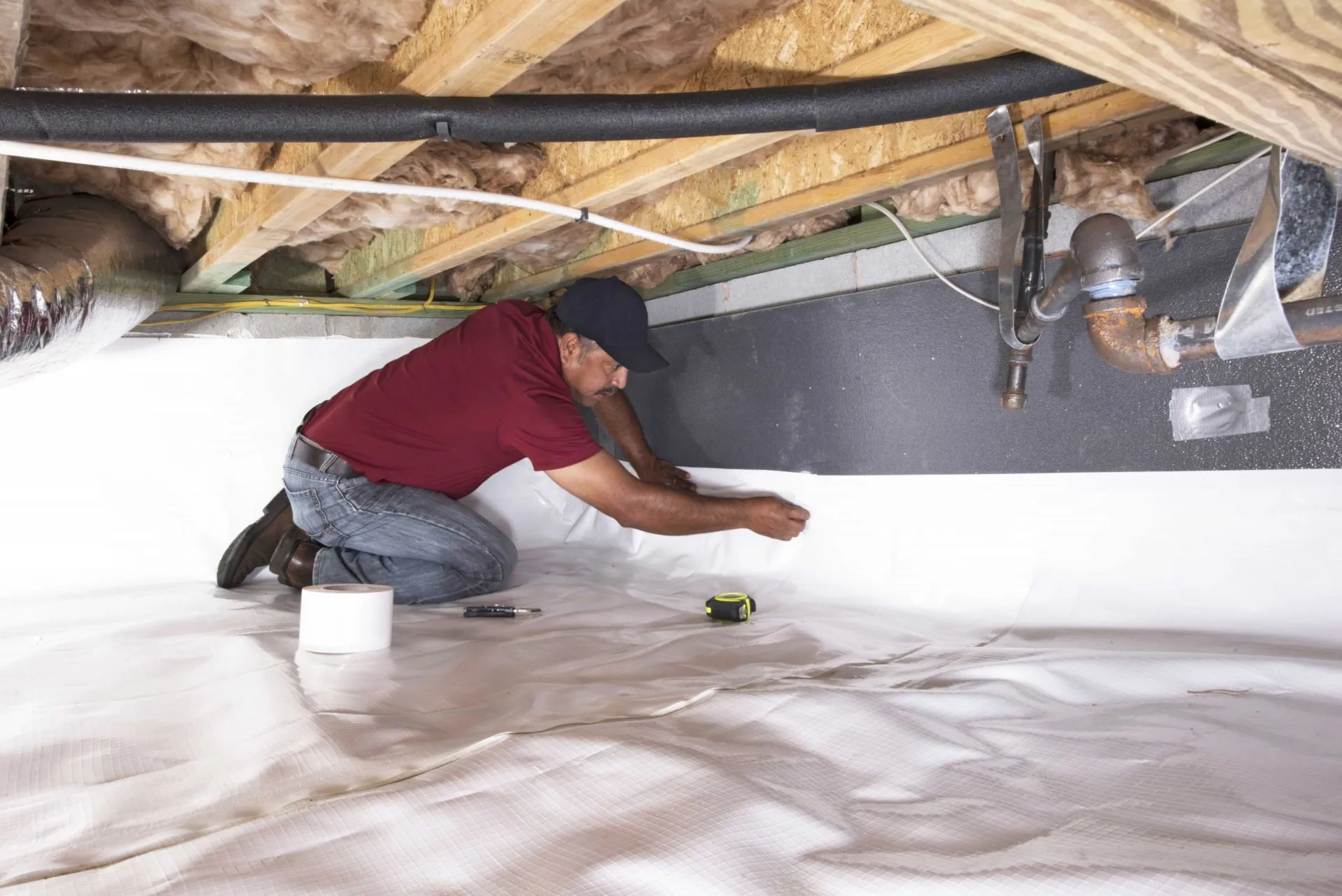
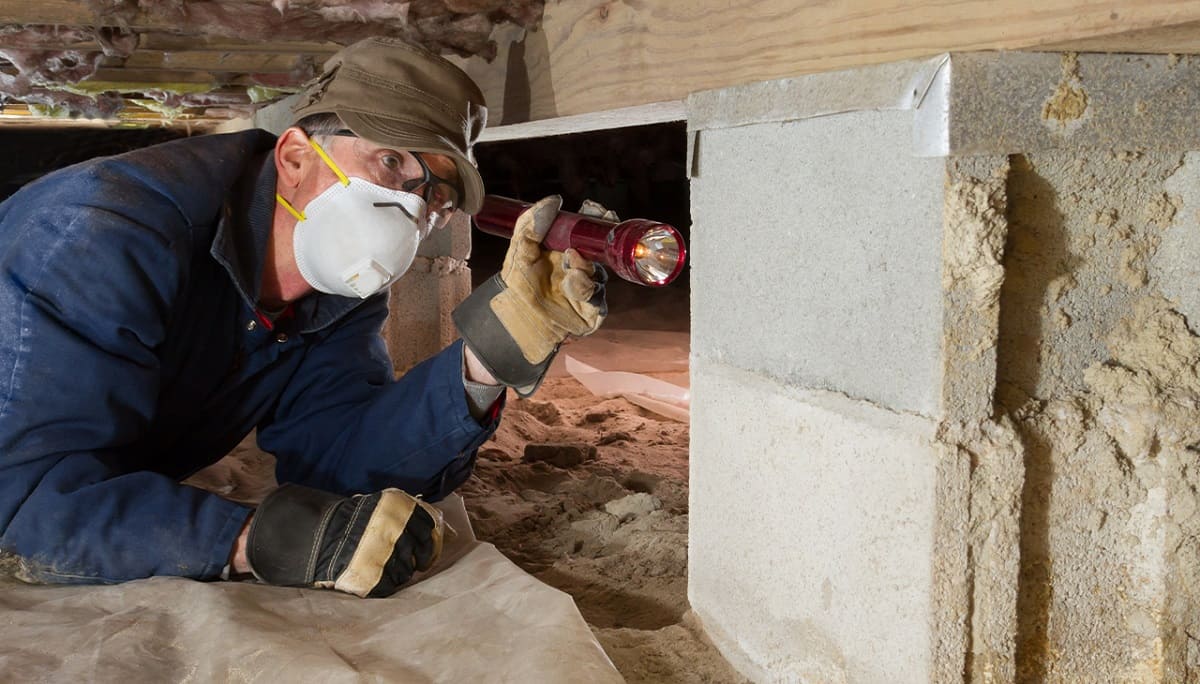
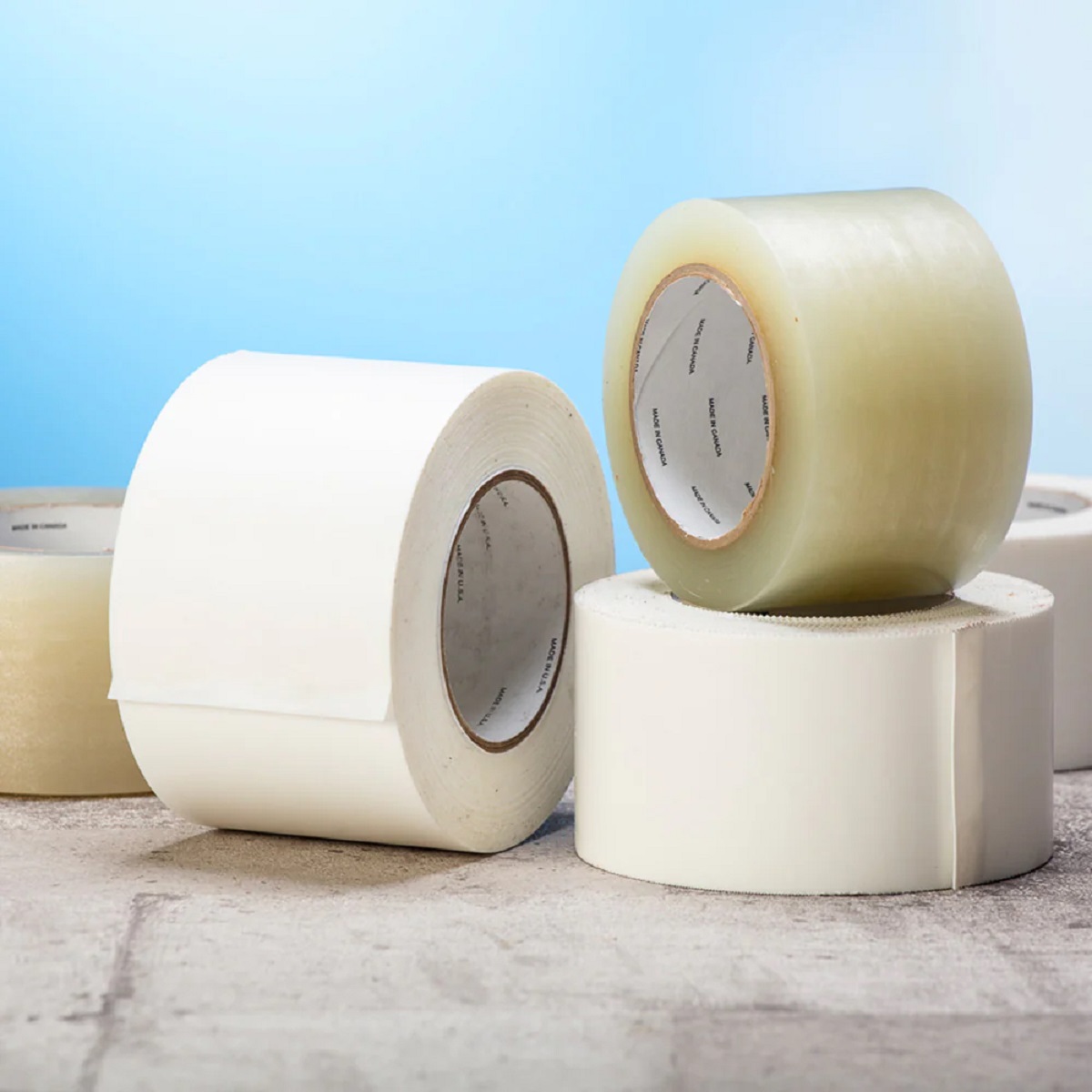
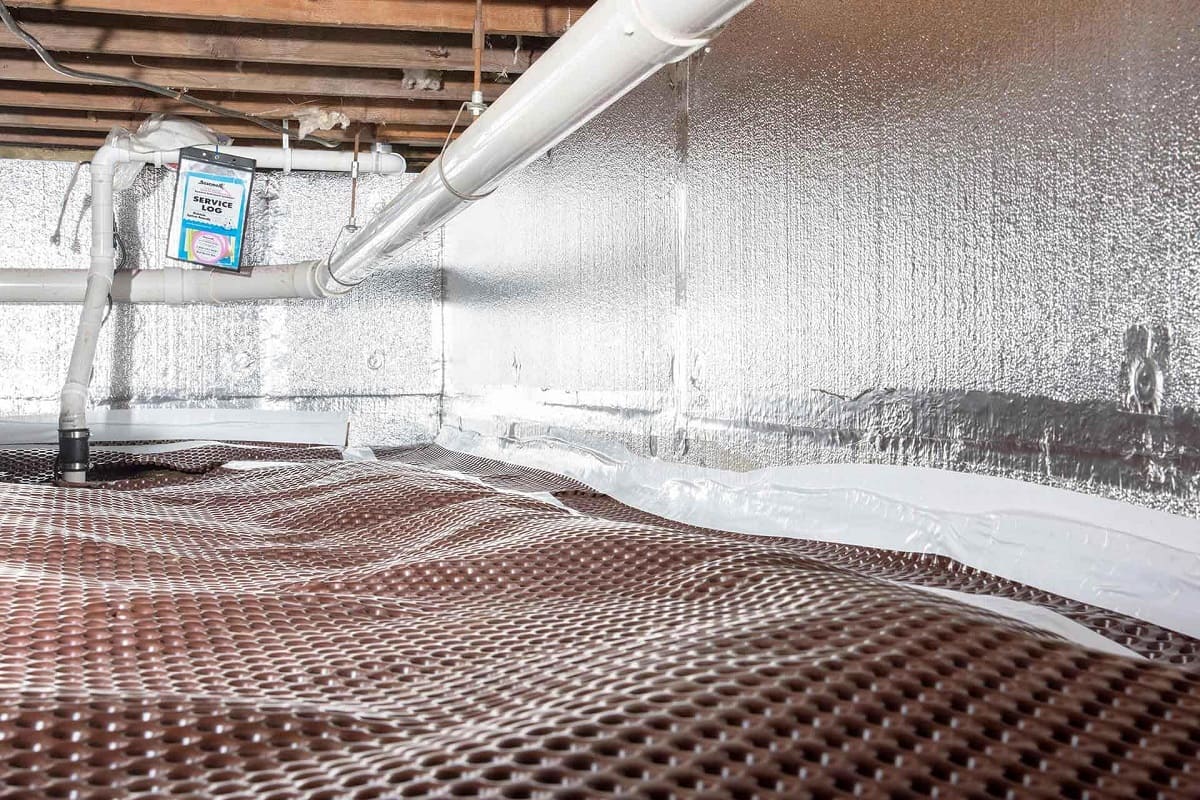
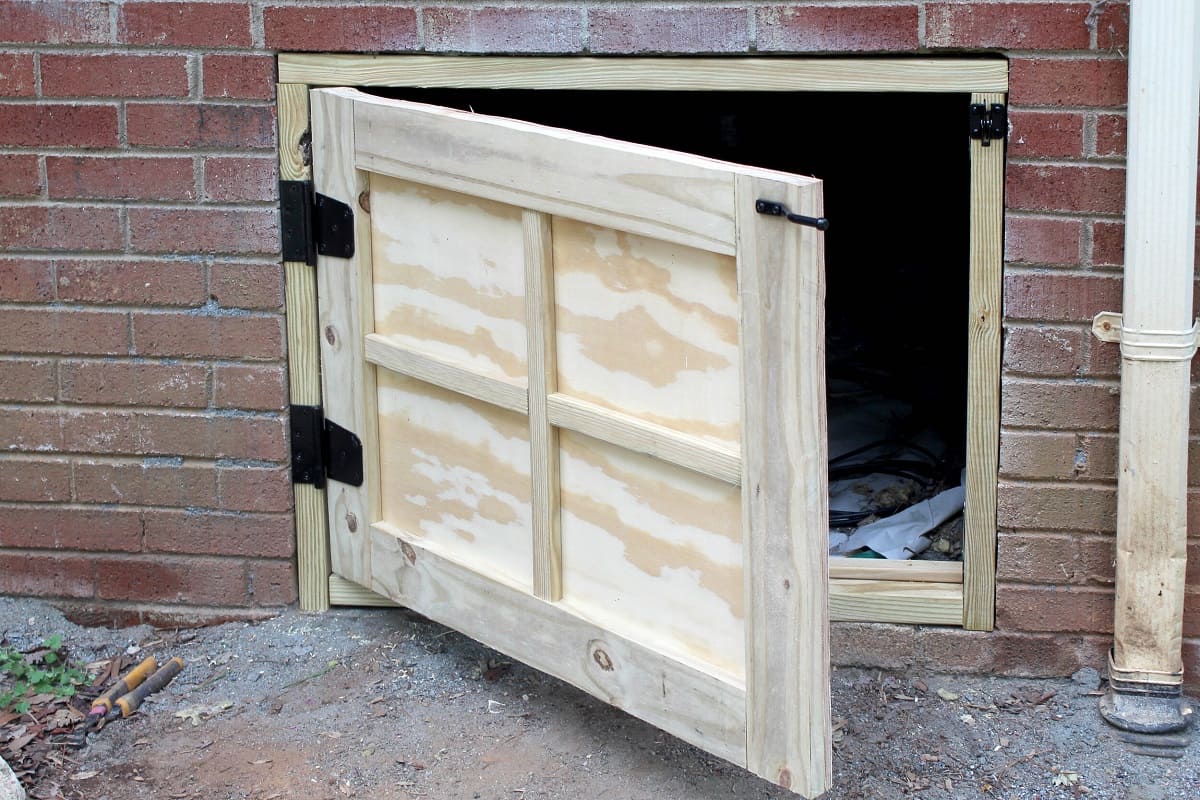
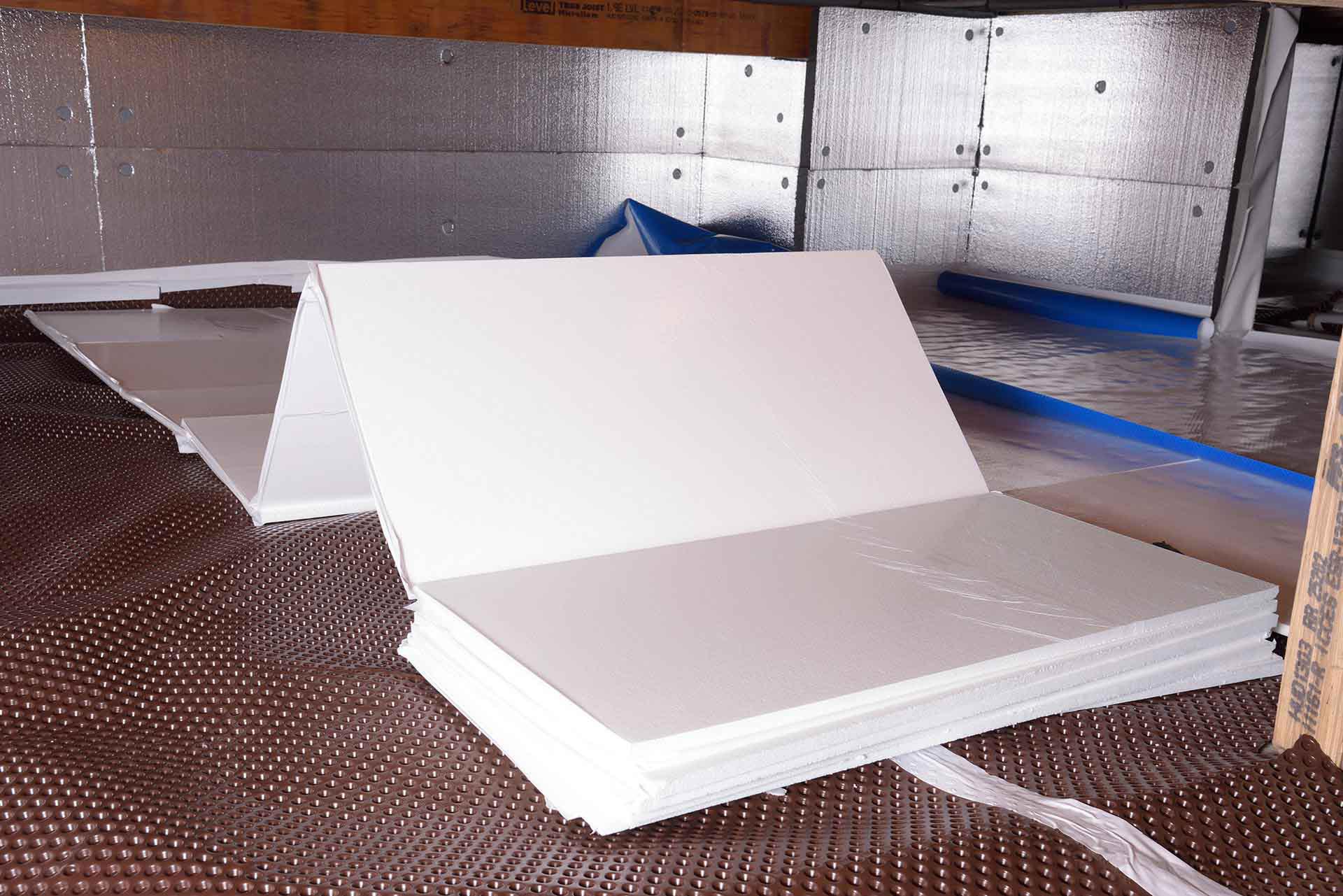
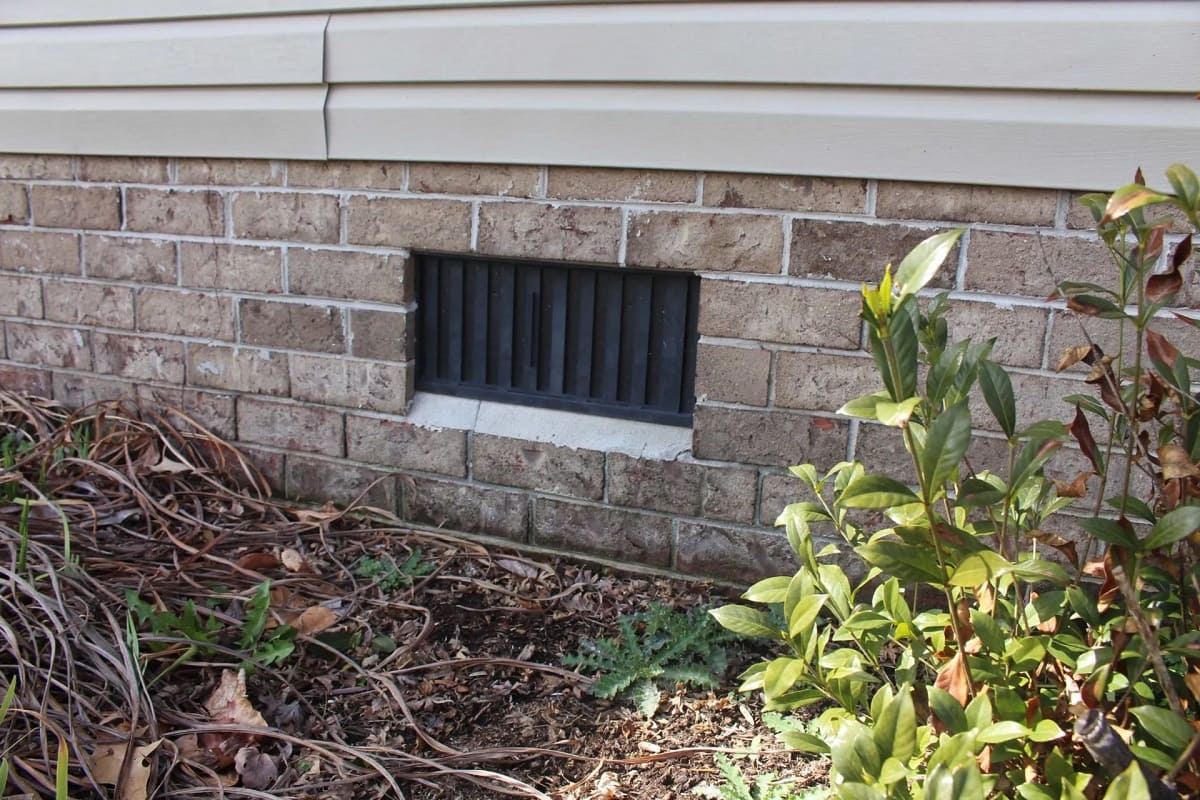
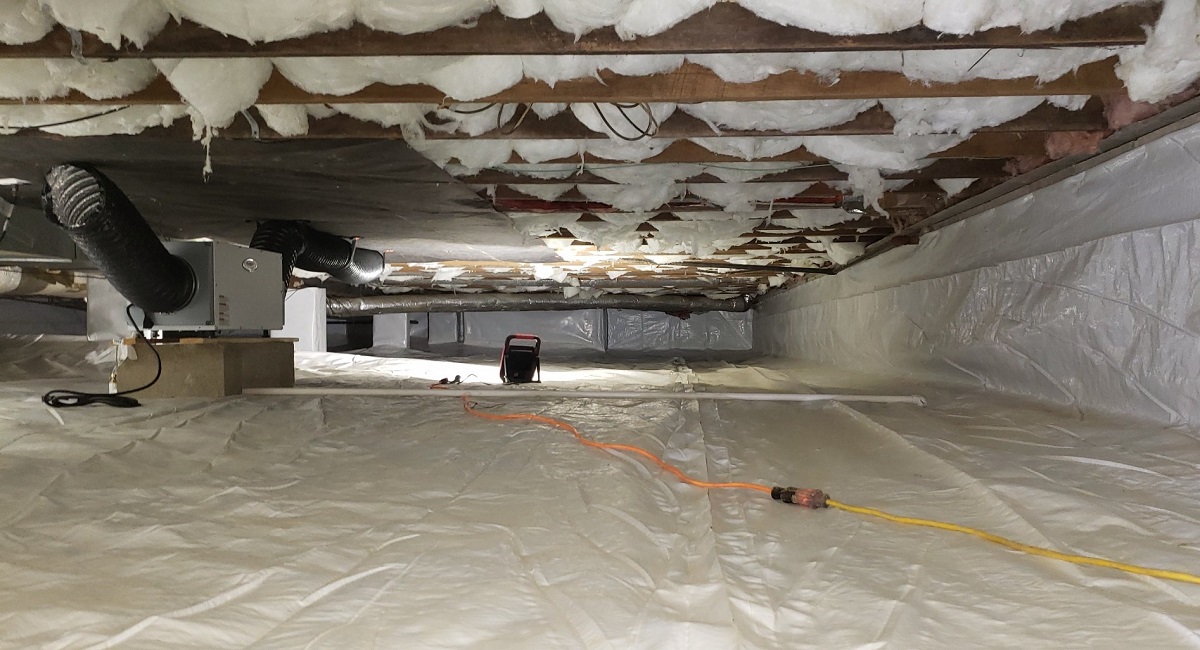
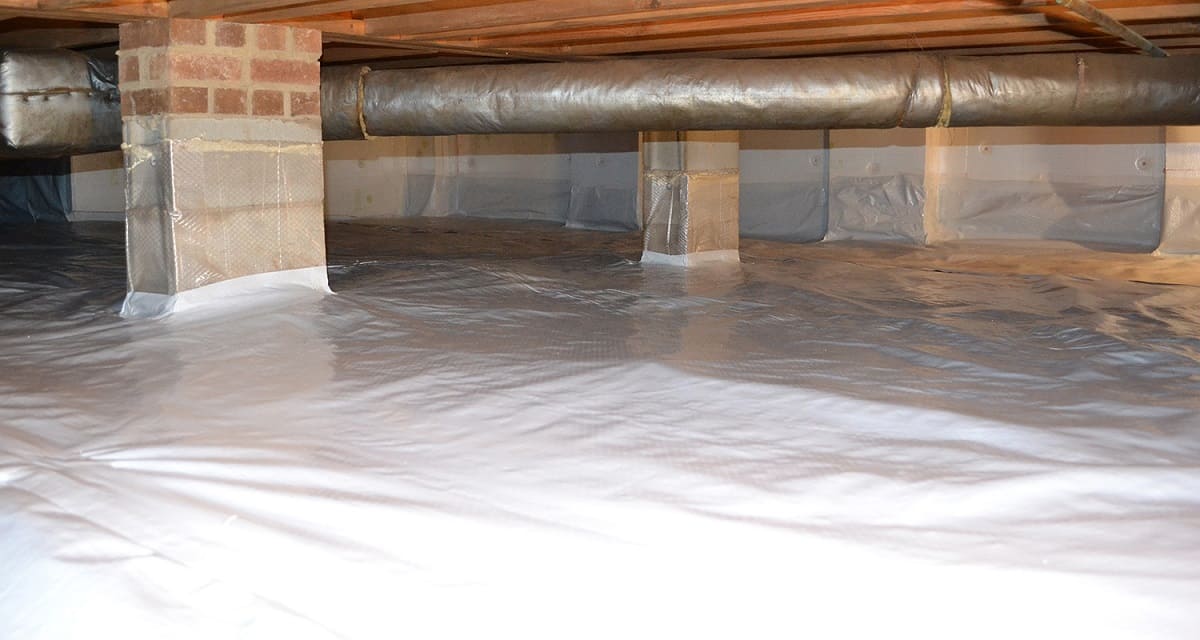
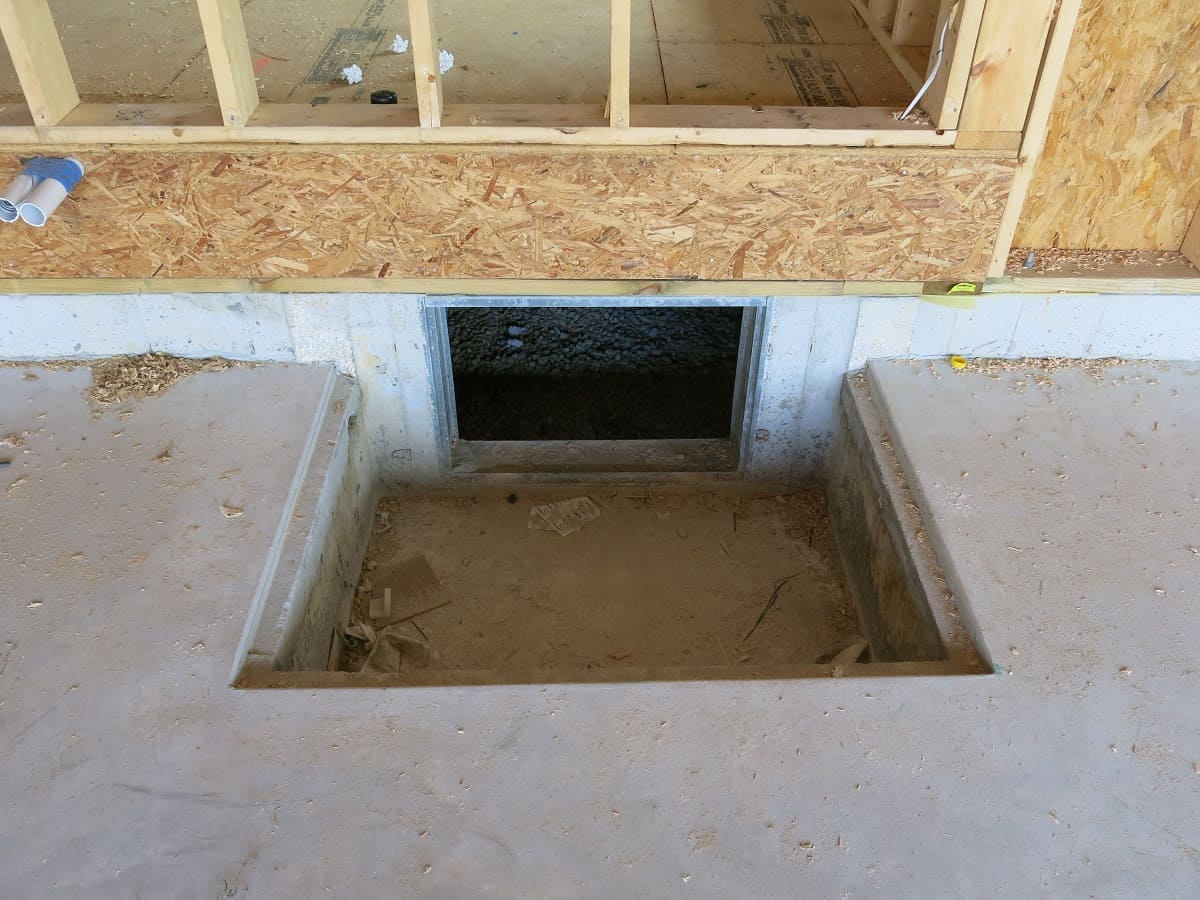
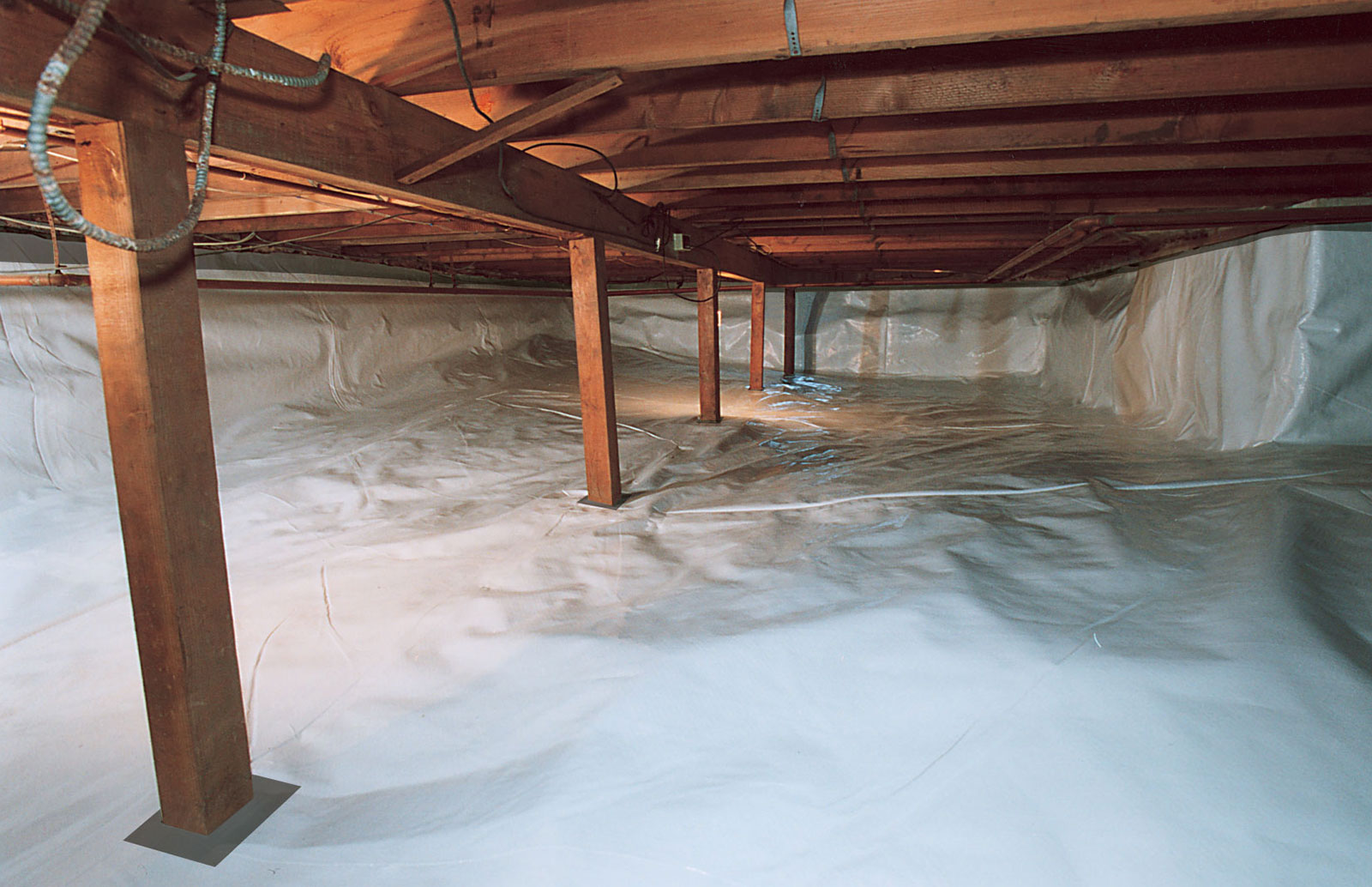
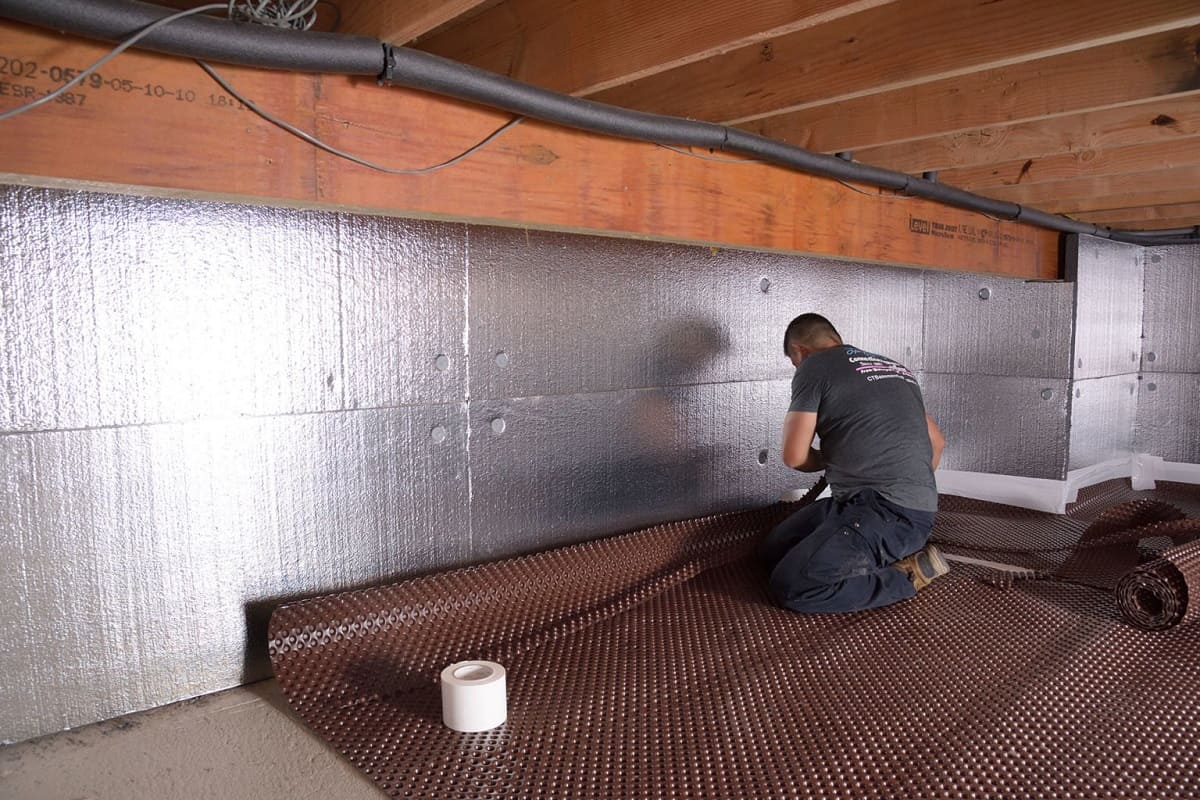
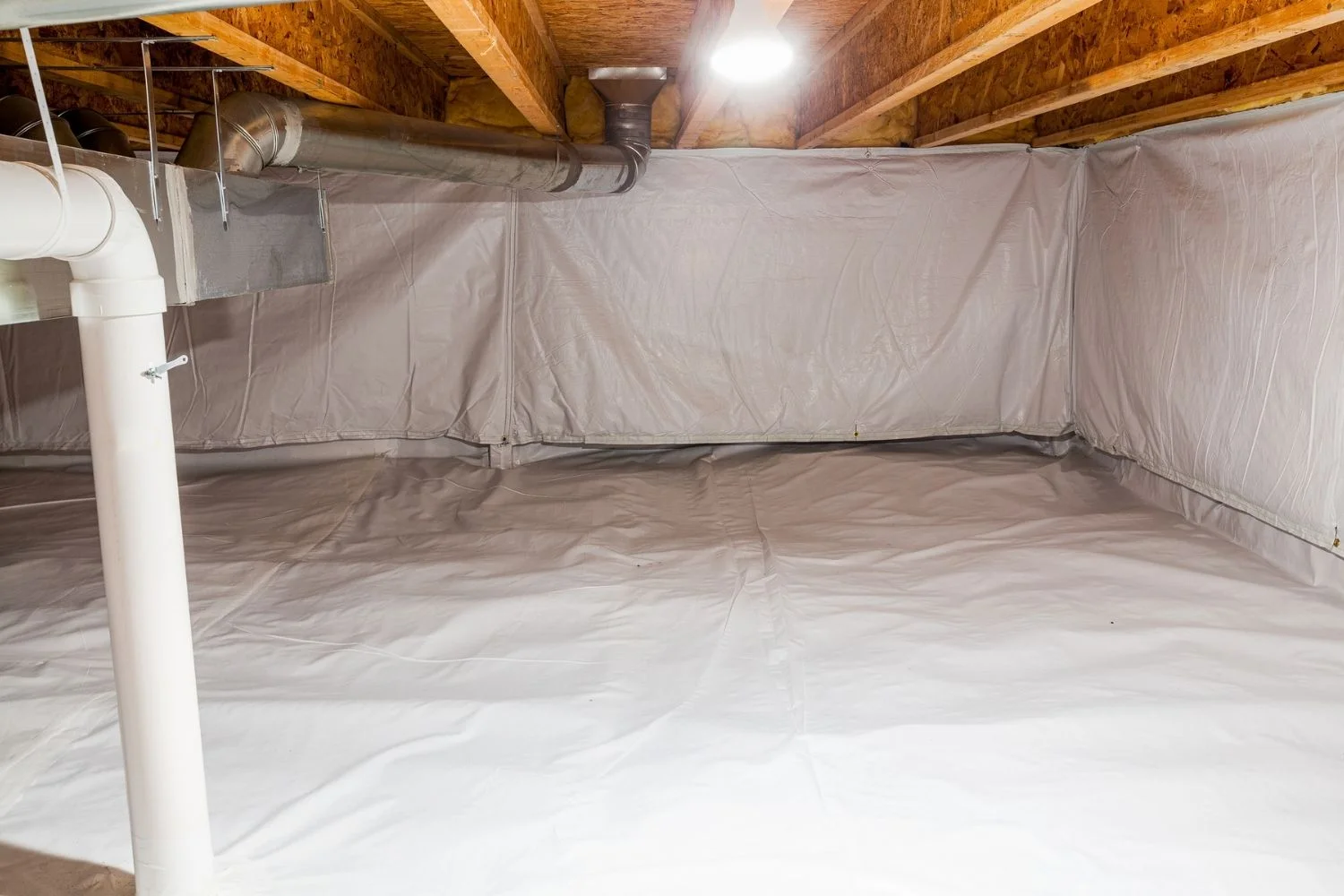
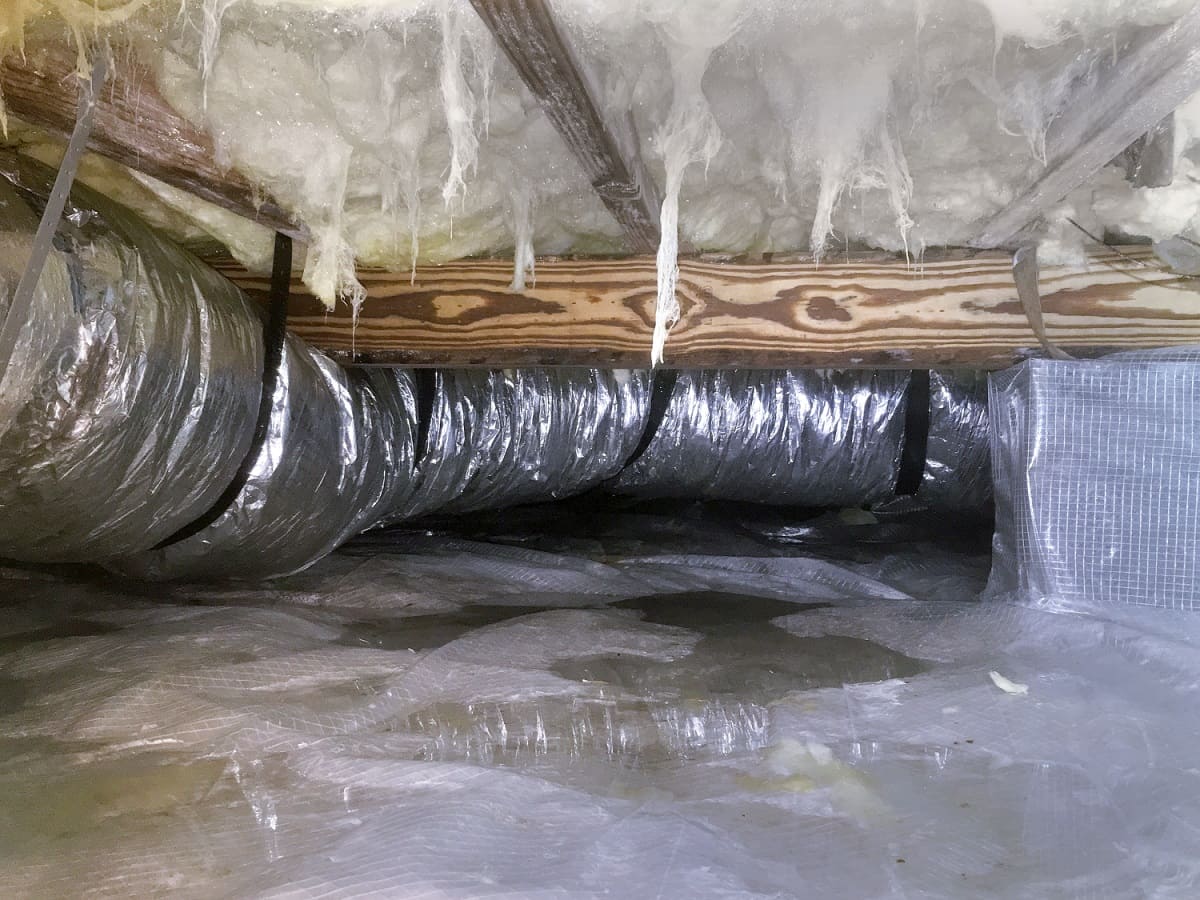

0 thoughts on “How To Use Crawl Space”